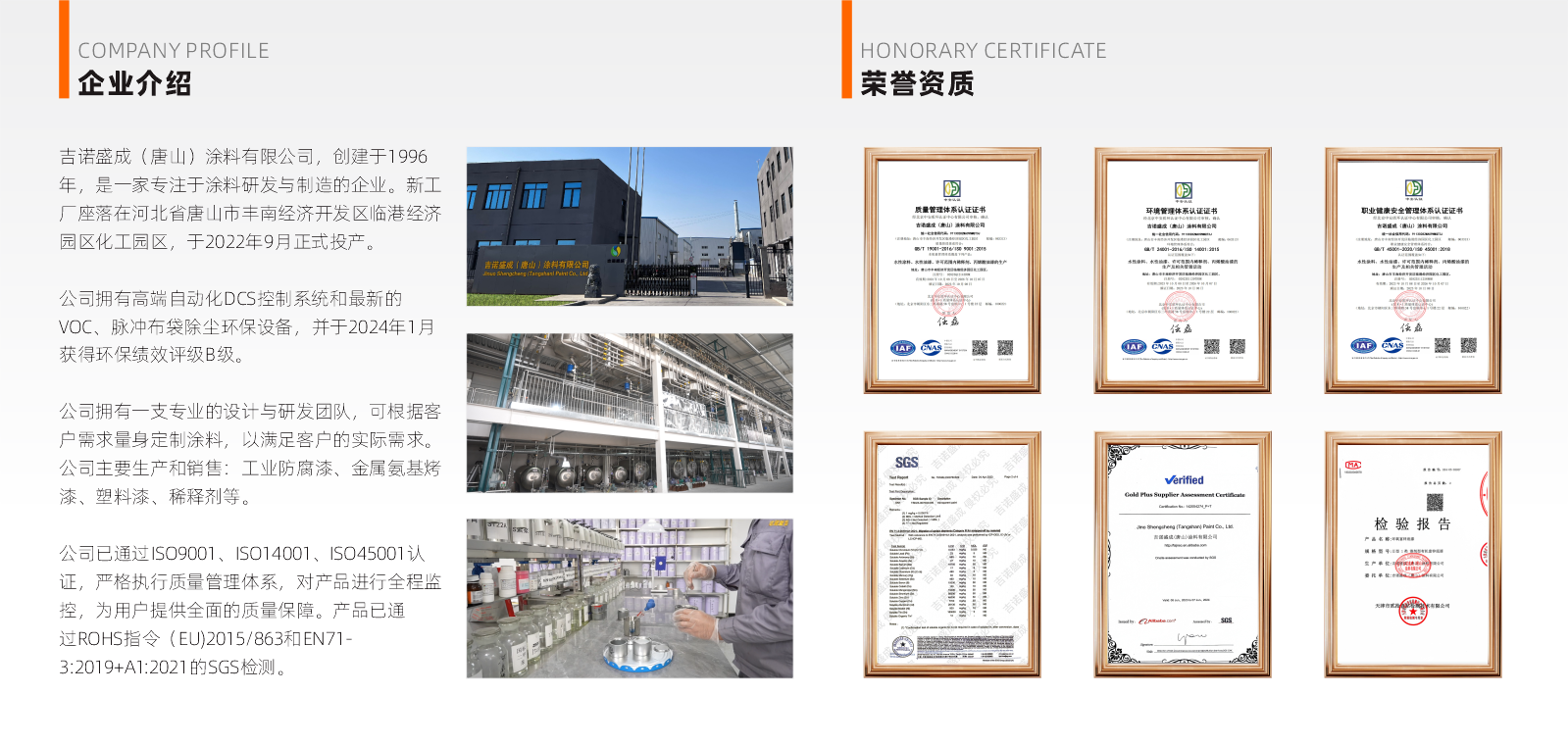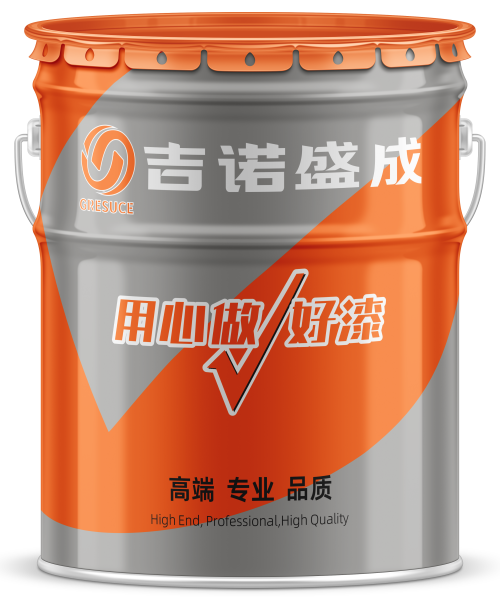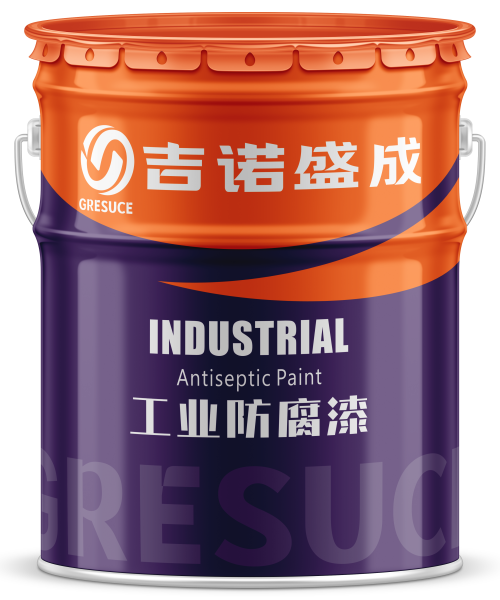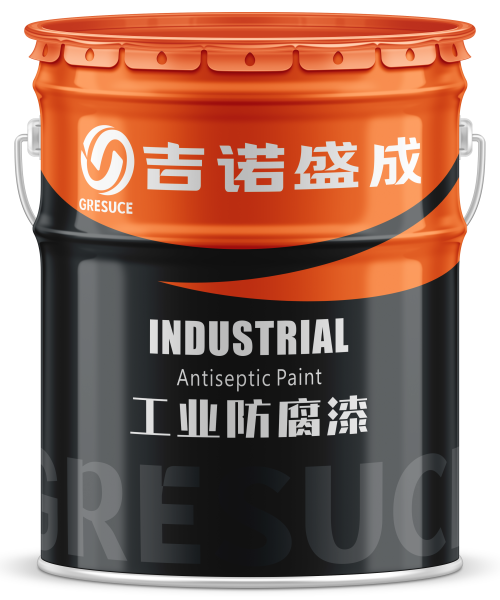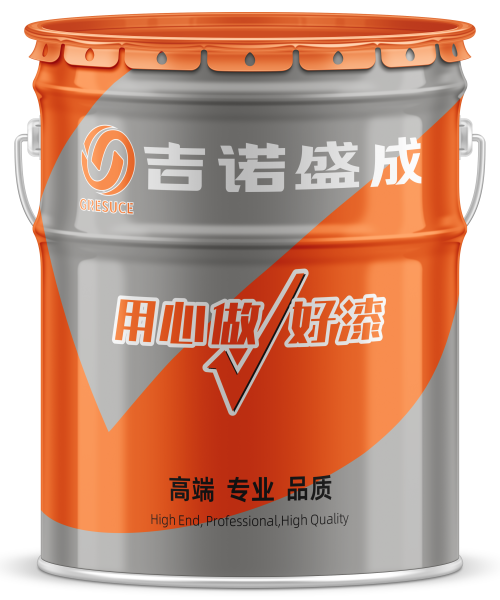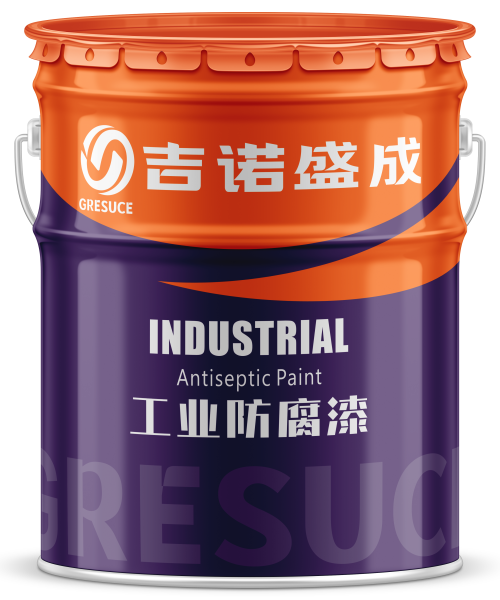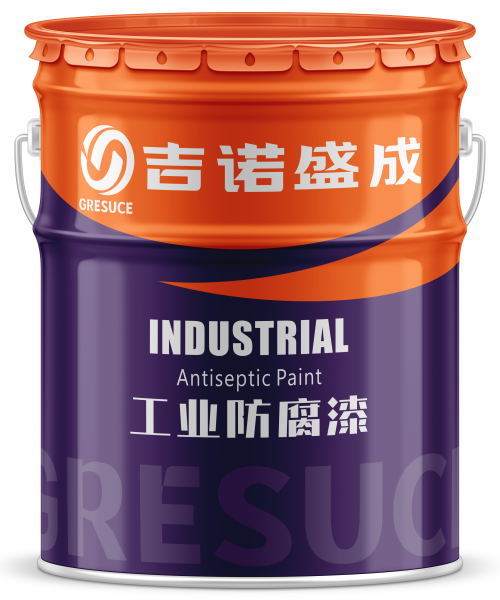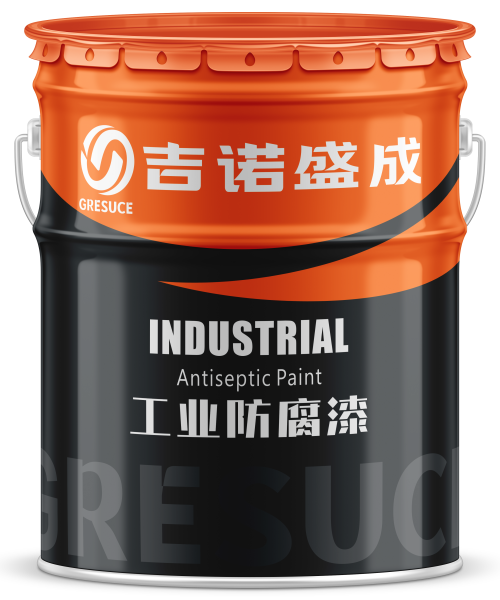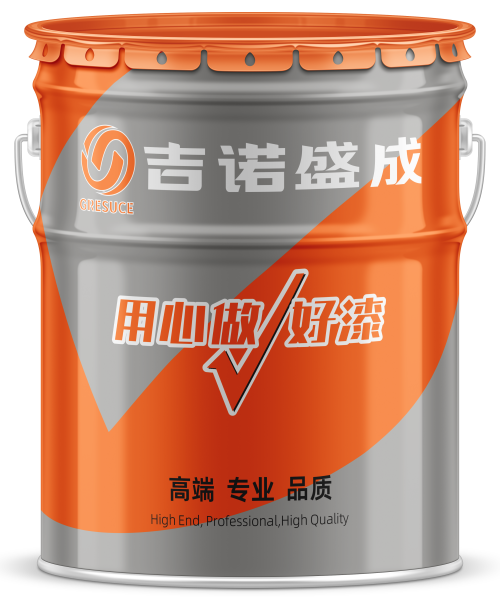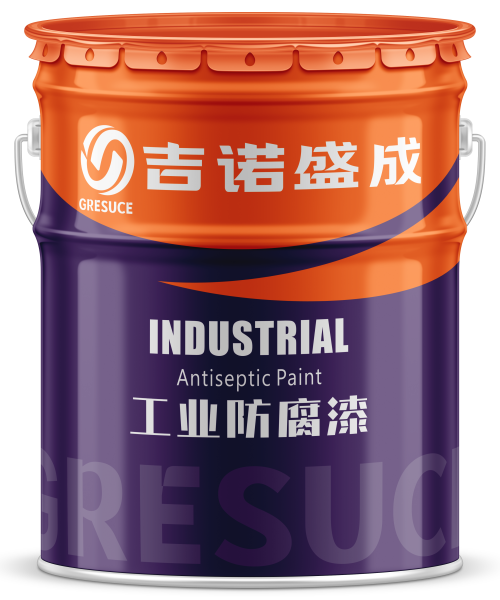Causes of Paint Film Discoloration
Ⅰ、Influence of Paint Components on Discoloration
1. Stability of Pigments
Pigments are the main components that determine the color of paint, and their stability directly affects the color of the paint film. Certain pigments are unstable under UV light, acidic, or alkaline environments, leading to chemical reactions and color changes. For example, some organic pigments may fade or turn yellow after prolonged exposure to sunlight. Fluorescent pigments are particularly unstable and fade quickly under sunlight.
2. Weather Resistance of Resins
The resin in paint is the base material that forms the paint film, and its weather resistance significantly impacts the color stability of the film. Resins with poor weather resistance are prone to aging and deterioration under UV light and oxygen, causing the paint film to discolor. For instance, epoxy resins are susceptible to losing gloss and chalking under UV exposure.
Ⅱ、Influence of External Environmental Factors
1. UV Radiation
Prolonged exposure to sunlight can cause UV damage to paint coatings, leading to chemical changes in the pigments and resins within the paint film, ultimately resulting in discoloration.
2. Air Pollution
Pollutants in the air, such as sulfur dioxide and nitrogen oxides, can react chemically with the paint film, causing discoloration. For example, acidic gases in industrial areas can turn the paint film yellow or black.
3. Temperature Fluctuations
Rapid temperature changes can accelerate chemical reactions within the paint film, leading to discoloration. For instance, certain components in the paint film may oxidize in high-temperature environments, causing the color to darken.
Ⅲ、Influence of Application Techniques on Discoloration
1. Coating Thickness
Both excessively thin and thick coatings can affect the color of the paint film. A thin coating may not provide adequate protection, making it susceptible to environmental influences, while a thick coating can generate internal stress, leading to cracking and uneven color.
2. Drying Time
Different types of paint have varying requirements for drying time. Insufficient or excessive drying time can affect the final color of the paint film. An incompletely dried film is more prone to discoloration due to dust, moisture, and other factors.
3. Substrate Preparation
Improper substrate preparation, such as failing to thoroughly remove oil, rust, or other contaminants, can affect the adhesion and color performance of the paint. Chemical residues on the substrate surface may also react with the paint, causing discoloration.
Ⅳ、Influence of Storage and Transportation
1. Storage Conditions
If paint is exposed to direct sunlight, high temperatures, or low temperatures during storage, the components of the paint may undergo changes, affecting the color after application.
2. Transportation Process
During transportation, if the paint is subjected to severe shaking, compression, or temperature fluctuations, the quality and color stability of the paint may be compromised.
Ⅴ、Measures to Prevent Paint Film Discoloration
1. Choose High-Quality Paint
Opt for paint products with excellent weather resistance and stability, such as the high-quality industrial paints from Ginoshengcheng, which can effectively reduce the likelihood of paint film discoloration.
2. Pay Attention to the Application Environment
Avoid painting under direct sunlight or in highly polluted environments. Ensure that the temperature and humidity are suitable during application to minimize the impact of external factors on the paint film color.
3. Strictly Follow Application Guidelines
Adhere strictly to the application instructions provided by the paint manufacturer. Ensure that the coating thickness, drying time, and substrate preparation meet the requirements to enhance the color stability of the paint film.
4. Proper Storage and Transportation
Store paint in a cool, dry, and well-ventilated area, avoiding direct sunlight and extreme temperatures. During transportation, handle the paint with care to prevent severe shaking and compression.
